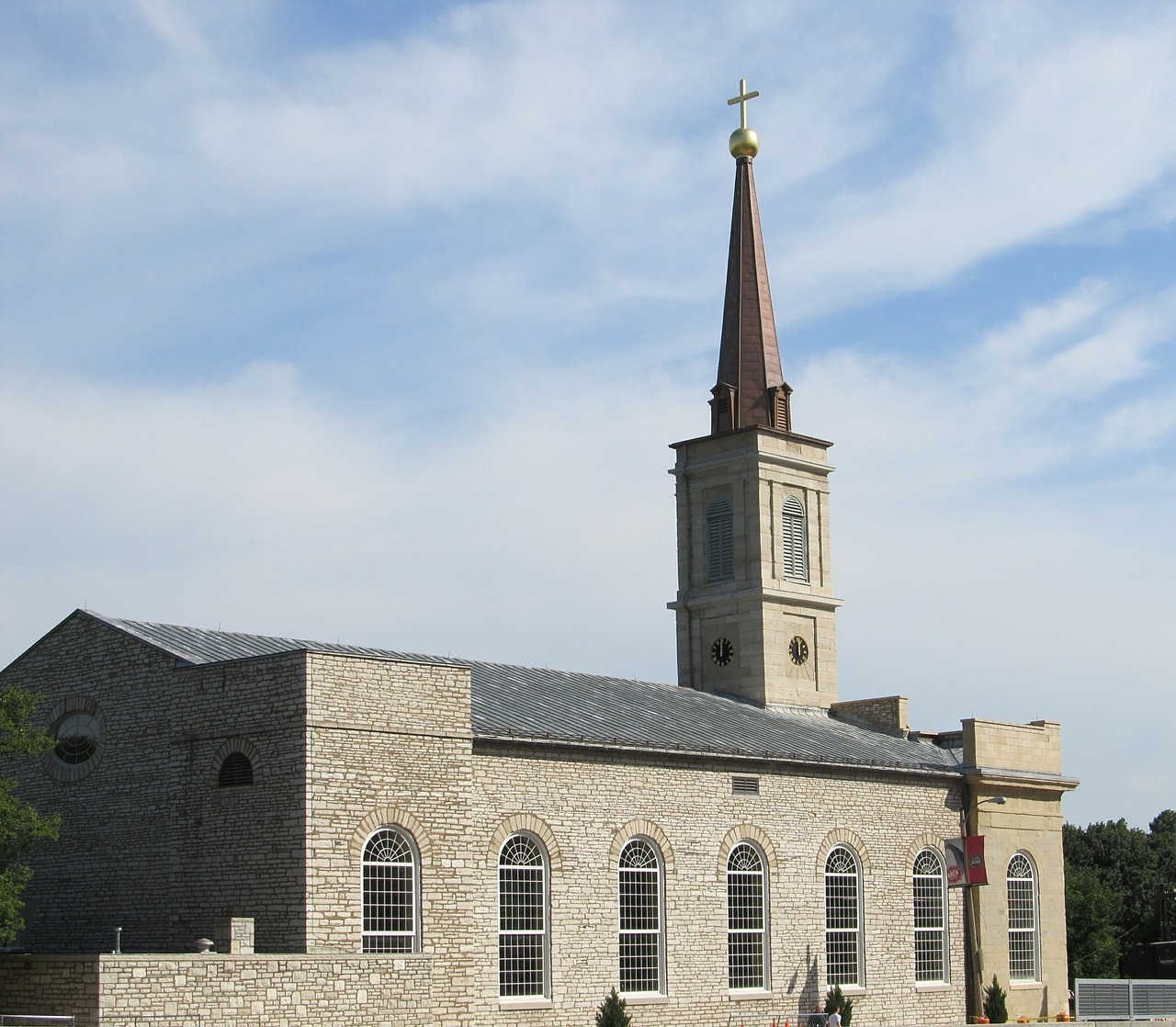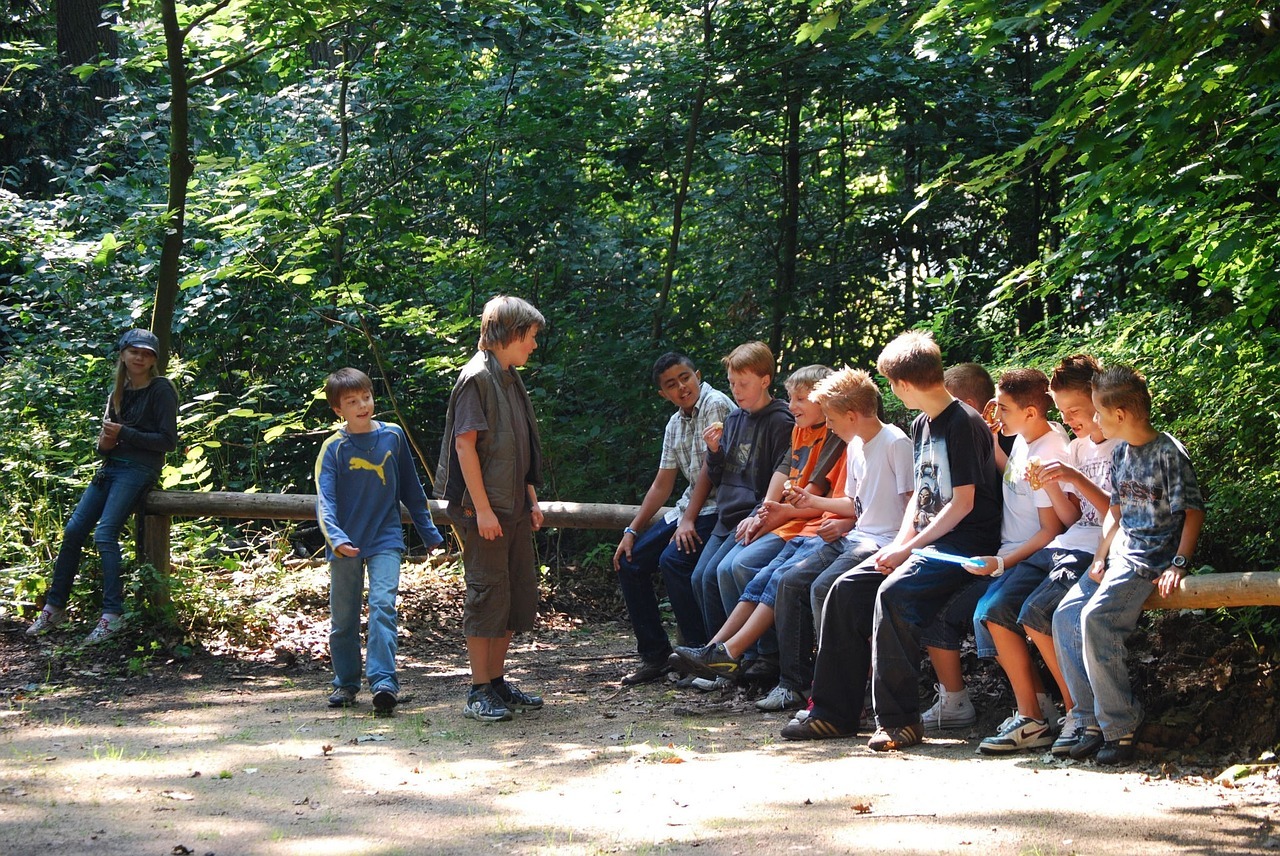By Timothy J. Fancher
On Sunday morning, Nov. 5, 2017, a deranged shooter burst into First Baptist Church in Sutherland Springs, Texas, and ruthlessly slaughtered 26 people and injured 20 more. His killing spree came to an end only after he was shot twice by the grandfather of one of the people inside. In the weeks, months, and even years leading up to the shooting, the topic of church security was relatively low priority. But by the afternoon of that horrific day, it was one of the main discussions nationwide. For a few weeks after the massacre, a handful of seasoned church security experts were inundated with calls, as were police and sheriff departments, standard security companies, and for that matter, seemingly anyone who could offer any advice on security or bring any measure of comfort to frightened parishioners nationwide.
The Extent of the Problem
In 2018, there were 426 mass shootings in the U.S. (A mass shooting is defined as a single incident of violence in which four or more people are shot.)1 From Jan. 1, 1999 to Dec. 31, 2017, there were 1,705 deadly-force incidents at faith-based organizations in the U.S. This includes abductions (and attempted abductions), attacks, suspicious deaths, suicides, and deadly-force interventions. In 2017, there were 118 violent deaths in America, which was the worst year ever for faith-based institutions in the U.S.2 These numbers don’t even include the unreported nonviolent issues that happen (fights, custodial parent issues, stalkers, etc.). These shocking statistics underscore the importance of taking security seriously. Ignoring the reality could put church members in harm’s way. Preparation doesn’t cause anxiety; denial and apathy does.
No church is immune from security dangers, and if we don’t properly prepare, we can be putting our congregations at risk unnecessarily. The following points are designed to generate discussion, thought, and prayer to help churches of all sizes — from small rural churches to megachurches — evaluate their security, either to begin a church security program from scratch or enhance an existing one.
Prayer + Action = Results
Effective church security involves prayer, thorough planning, and careful decision making. Many questions need to be evaluated and answered. Following are just a few: Should alarms, cameras, or motion detectors be used? What type of locks should be used? Should security personnel have uniforms? Should they carry weapons? What are the state and local laws regarding weapons and permits? When should the first security officer arrive on the premises to begin duty? When should the last officer leave? What’s the best way to integrate security with existing ushers? How should the security team train? How often should they train? How should zones be assigned? How can security measures be introduced without creating fear? This is just a small sample of the numerous questions that need to be addressed, and If you’re new to church security, they may make you feel uneasy. They should be answered prayerfully and thoughtfully. Never underestimate the need to ask God for direction in your planning because the needs of each church vary. Only God can foresee the specific situations that will confront your church in the future.
You don’t need to know the answers to all questions to get started, but you should begin the security planning process if you haven’t already done so. It’s not necessary to have an elaborate system in place to get some immediate measurable results. Many free or low-cost articles, videos, and checklists are available online, and there are many basic things a church can do. For example, one pastor who had become concerned because of some incidents felt overwhelmed because he assumed it would take weeks or months to get a team in place. It was suggested that he simply order an inexpensive car door magnet with the name of his church and Church Protection Team in bold letters and place that on a late model sedan or truck by the entrance to create a significant visible deterrent. He was thrilled that something so helpful could be so easy.
How to Get Started
First, ask for volunteers in your church to form a church protection team, or CPT, and hold a meeting. Prepare some of the main points from material found online, and in that meeting, discuss your next steps.
Second, find a church security expert who can offer hands-on training and guide your team on physical training. It’s likely that someone in the group will have military, law enforcement, or security experience and can help get the church protection team in place until the church can bring in an expert.
Quality Practical Training Is Essential
Putting together a team and PowerPoint presentations are great first steps, but practical training is essential, and it must include audio, visual, and kinesthetic practice. The CPT members must know how to quickly implement a lockdown, handle a belligerent drunk in the lobby, and prepare for numerous other physical situations.
Team members will revert to their training in a crisis situation. If they haven’t had roleplaying drills in a simulated high-stress environment, they’re likely to freeze. The church needs to bring in an expert who can run drills and teach the team how to run the physical drills as part of their regular training, even after he has left.
Training Must Include Church-Specific Elements
Generic security training won’t be adequate. A church by its very nature will have situations specific to its purpose and environment. For example, if a disheveled, agitated man dashes into a business lobby, he could reasonably be perceived as a threat, but if the same man stumbles into a church lobby, he may be suicidal and looking for help. A rowdy nightclub in a downtown area needs a high level of visible deterrents and a command security presence. But that confrontational presence at a church would likely scare visitors and upset your congregation. The specifics of achieving security without intimidating church attenders is outside the scope of this article. If your church isn’t able to bring in a church security expert to address this challenge, just an awareness of the issue can be helpful.
Working With a Church Security Expert
If you’re able to bring in a church security expert, research as much as you can prior to the training session, and create a list of security questions specific to your church. Then within a week of training, have a meeting that includes the CPT and church leaders and begin to integrate the training into the normal flow of your church procedures.
Don’t Wait: Improve Your Church Security Today
While the thought of creating a complete church security program might seem overwhelming, it won’t be if you begin with basic steps you can implement immediately and then seek professional help to take it to the next level. The worst thing is to do nothing, which will put your church at unnecessary risk. You can do this, but start today! God bless and be safe.
1. www.massshootingtracker.org
2. www.carlchinn.com/deadly-force-statistics.html

Timothy J. Fancher is a police officer and founder of Psalm 144 Church Protection Seminars, American Street Edge Self-Defense Systems, and Run Fight Survive Active Shooter Training. He has a Master of Arts in Practical Theology from ORU. He also has a Bachelor’s in Sociology and an Associate’s in Criminal Justice from Columbia College. He is an expert in church security, street self-defense, and abduction prevention for children and has been a professional street instructor for more than 20 years. For more information, visit www.facebook.com/churchprotection and runfightsurvive.com or contact Fancher directly at timothyfancher@gmail.com.






